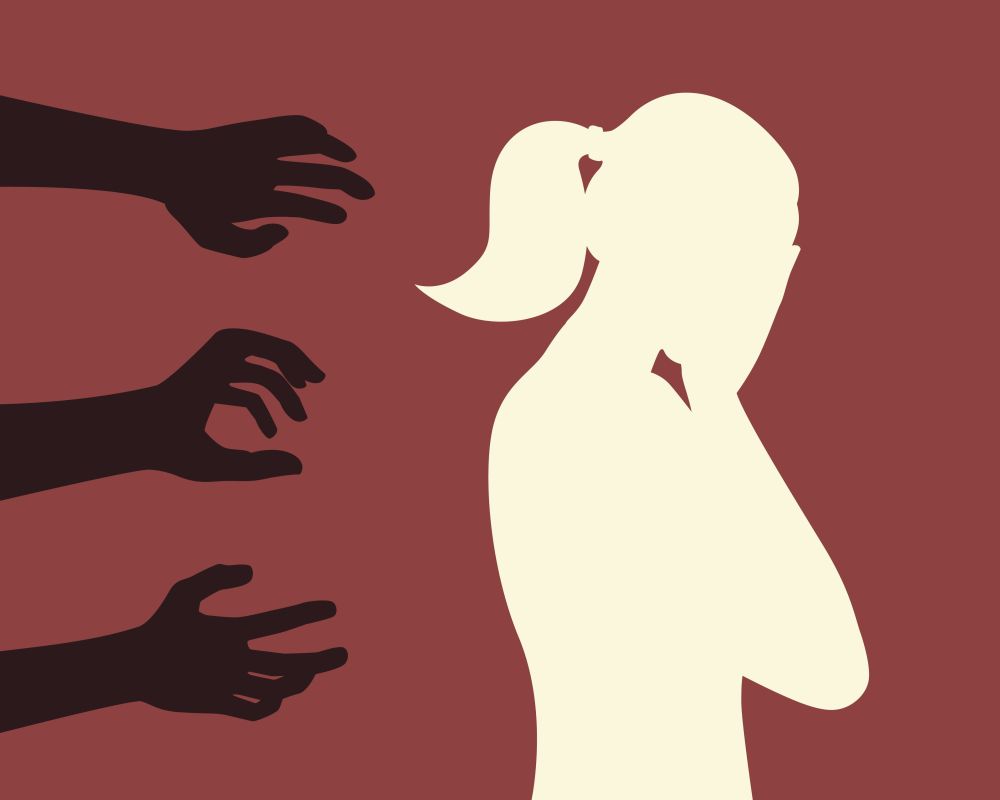
What is domestic violence?
Domestic violence includes a wide range of behaviors where one person is exerting power and control over a spouse, partner, girl/boyfriend, teen, and/or an adult family member. Domestic violence, also referred to as domestic abuse or battering, is a pattern of controlling behavior and not just a single act.
What are the signs?
It’s not always easy to tell at the beginning of a relationship if it will become abusive. In fact, many abusive partners may seem perfect in the early stages of a relationship. Possessive and controlling behaviors don’t always appear overnight, but rather emerge and intensify as the relationship grows.


Physical Abuse
Physical abuse includes the physical assault, battery and sexual assault used as part of a systematic pattern of power and control perpetrated by one intimate partner against another. Physical abuse can cause severe injury and even death. It often co-occurs with other forms of abuse, i.e. psychological abuse, economic abuse and stalking.
Emotional Abuse
Emotional abuse is also known as psychological abuse or as "chronic verbal aggression" by researchers. People who suffer from emotional abuse tend to have very low self-esteem, show personality changes (such as becoming withdrawn) and may even become depressed, anxious or suicidal.


Financial Abuse
Financial abuse (or economic abuse) prevents victims from acquiring, using or maintaining financial resources. Financial abuse is just as effective in controlling a victim as a lock and key. Abusers employ isolating tactics such as preventing their spouse or partner from working or accessing a bank, credit card or transportation. They might tightly monitor and restrict their partner’s spending.
Digital Abuse
Cyber-bullying
Digital abuse (aka: Cyber-bullying, Cyber-harassment, Cyber-stalking) is the use of technologies such as texting and social networking to bully, harass, stalk or intimidate a partner. In most cases, this type of abuse is emotional and/or verbal and though it is perpetuated online, it has a strong impact on a victim’s real life. According to advocates, your partner may be digitally abusing you if he/she:


Isolation
Isolation is a form of abuse often closely connected to controlling behaviors. It is not an isolated behavior, but the outcome of many kinds of abusive behaviors. By keeping her/him from seeing who she/he wants to see, doing what she/he wants to do, setting and meeting goals, and controlling how she/he thinks and feels, he/she is isolating her/him from the resources (personal and public) which may help her/him to leave the relationship.
Reproductive Coercion
Reproductive coercion is a form of power and control where one partner strips the other of the ability to control their own reproductive system. It is sometimes difficult to identify this coercion because other forms of abuse are often occurring simultaneously.


Sexual Coercion
Sexual coercion lies on the ‘continuum’ of sexually aggressive behavior. It can vary from being egged on and persuaded, to being forced to have contact. It can be verbal and emotional, in the form of statements that make you feel pressure, guilt, or shame. You can also be made to feel forced through more subtle actions.
